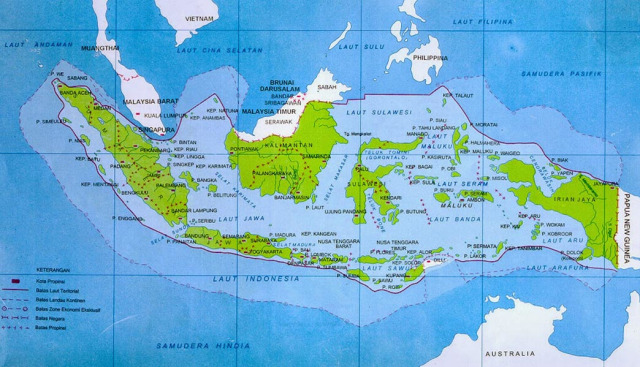

Irsan Soemantri Brodjonegoro
In the tomographic study carried out at the Pacific Ocean [2], it is known that there are variations in different frequency ranges for various types of underwater noise , which can be used as a benchmark for finding temperature shift in ocean bodies happened in few recent decades [2]. There are 3 broad categories in underwater acoustics based on the relationship between frequency and water depth [3], as follows: Shallow Water Acoustics, which examines propagation and scattering at low frequencies (10 Hz – 3 kHz) that occurs around shallow water. Second, high frequency acoustics which includes the interaction of high frequency sound waves (~ 3 – 1000 kHz) with the marine environment, with research objectives leading to mitigation or exploitation of interactions in acoustic detection, classification and communication systems. Third, deep sea acoustics which involves low frequency sound propagation, scattering, and long distance communication around tens to thousands of kilometers of sea water depth where sound channels may not be bottom-limited (do not have seabed boundaries). ambient noise that occurs in the deep sea.
In the ocean environment, ambient noise occurs with a frequency range between 1Hz to 100 kHz.